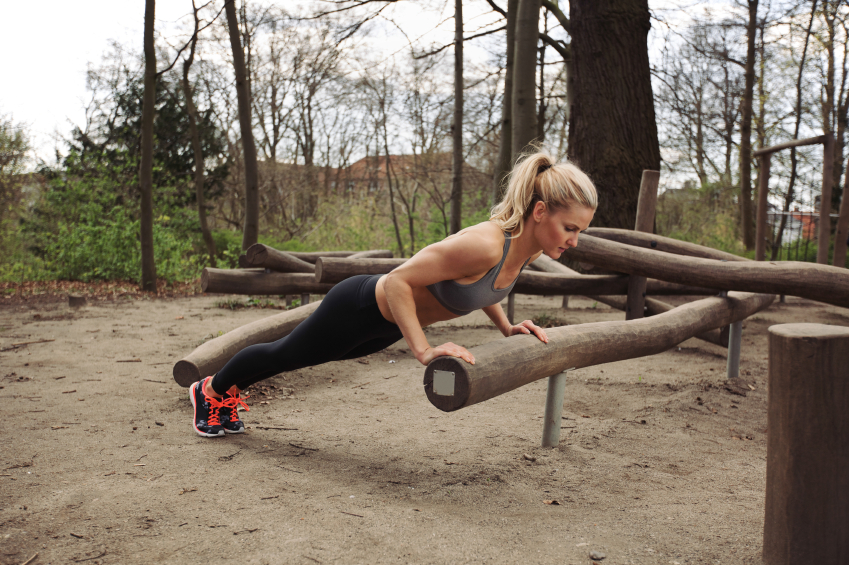The concept of post-activation potentiation (PAP) has been around for a while and has had different labels over the decades. Briefly the idea is to combine a heavy movement with an explosive one. The heavy movement will cue the nervous system and this cueing will create a positive performance effect on the explosive movement. Over the last five to ten years there has been a great deal of research on this with decidedly mixed results.
Whelan et al, in the July issue of the Journal of Strength and Conditioning Research, conducted a study examining the PAP effect of sled training on sprint performance. To do this, the authors recruited twelve recreationally active males who participate in team or individual sports. The subjects had two testing session, one which established the pre-testing values and one that established the impact of the sled work. The pre-testing session consisted of 10×10 meter sprints with two minutes of recovery between each run. The testing consisted of 3×10 meter sled pulls with 25-30% of bodyweight with 90 seconds of recovery between each pull, followed by six 10 meter sprints, performed 1 minute, 2 minutes, 4 minutes, 6 minutes, 8 minutes, and 10 minutes after the third sled pull.
The results are curious and illustrate the mixed results that are common to PAP studies. The sled pulls seem to have had a positive effect on stride length (on the first two strides), stride rate over the first six strides, ground contact time over the first six strides, reactive strength index over the first six strides, and running speed on strides one, three, and five. Having said that, running velocity from 0-5 meters, 5-10 meters, and 0-10 meters either decreased or had no change.
On the surface the study suggests that while heavy sled pulls may improve the performance of variables associated with 10 meter sprint times, the individuals studied are unable to capitalize on that and put all that together to improve their sprint time.
Now, some thoughts with this. First, PAP seems to work better with stronger athletes. So taking relatively untrained subjects (recreational sports participants) and performing a PAP study may be doomed to failure due to the nature of the subjects. Second, the idea behind PAP is to use a heavy load (like a heavy squat) to improve an event that involves power production (like a vertical jump). It’s possible that 30% of bodyweight isn’t enough resistance to have a PAP effect, or may be too much given the conditioning of the subjects. Third, sled pulls may not be an appropriate mode to create a PAP effect on sprinting.
This study does not suggest that the training described has a negative impact on performance. In fact, one could argue that changing some of the running variables in an elite athlete might translate to an improvement in sprinting performance. However, the study also doesn’t show this to be the smoking gun of performance improvement.
Whelan, N., O’Regan, C., and A.J. Harrison. (2014). Resisted sprints do not acutely enhance sprinting performance. Journal of Strength and Conditioning Research, 28(7), 1858-1866.



